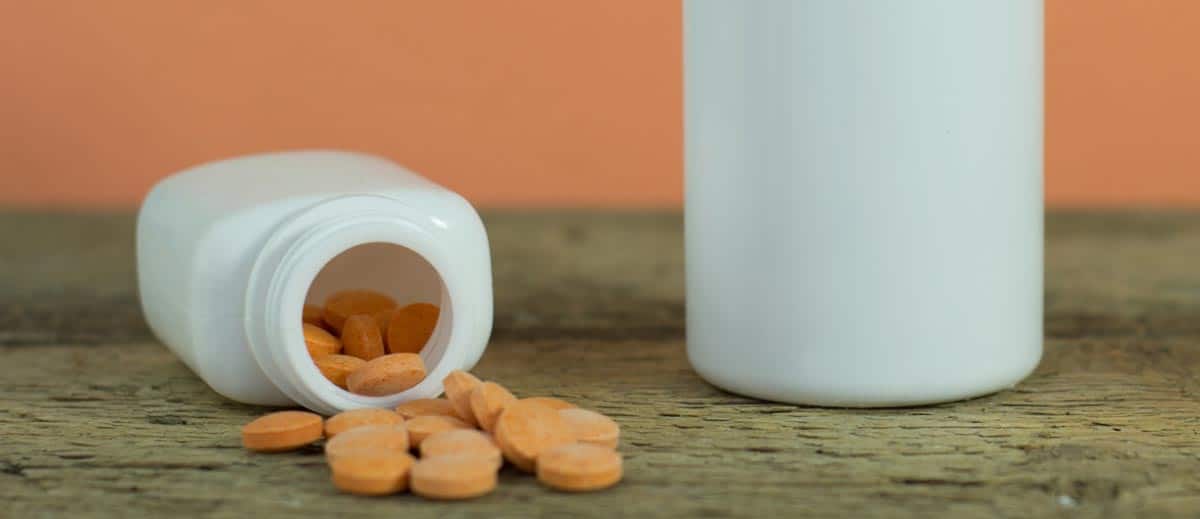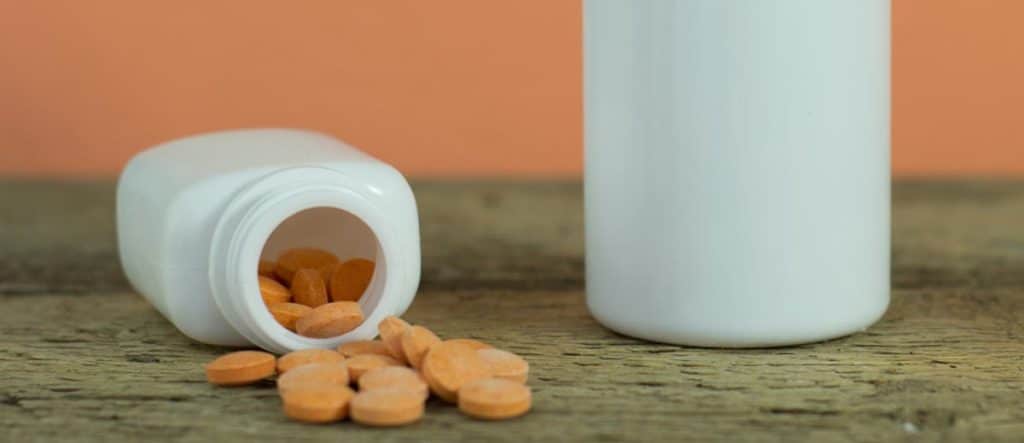
Suboxone vs. Subutex: What’s the Difference?
While Subutex and Suboxone both contain buprenorphine, Suboxone also contains naloxone.
Table of contents
- What Is Subutex?
- How Long Does Subutex Stay in Your System?
- What Are Signs and Symptoms of Subutex Abuse?
- What Are Subutex Withdrawal Symptoms?
- What Is Suboxone?
- How Long Does Suboxone Stay in Your System?
- What Are the Signs and Symptoms of Suboxone Addiction?
- What Are Suboxone Withdrawal Symptoms?
- Suboxone vs. Subutex: Are They Addictive?
- Suboxone vs. Subutex: What Are the Side Effects of Abuse?
- Get Opioid Addiction Treatment Treatment Today
Suboxone and Subutex are both FDA-approved medications that help people overcome opioid use disorders. They are similar drugs but have one main difference. To help you understand how each medication works, we’ll review their similarities and differences below.
| Suboxone vs. Subutex: What’s the Difference? Subutex and Suboxone are FDA-approved medications used to treat opioid addiction. However, while Subutex and Suboxone both contain buprenorphine, Suboxone also contains naloxone. Researchers developed Subutex first, but individuals tended to misuse it. So Suboxone was created to address that problem. As an opioid antagonist, it blocks the effects of opioid drugs. |
What Is Subutex?
Subutex is the brand name of a prescription medication called buprenorphine, which medical professionals use treat opioid dependence and addiction. It has been discontinued and replaced by Suboxone in most cases. Previously, it was frequently prescribed to individuals alongside evidence-based therapies while they completed a medication-assisted program for addiction.1
The active ingredient in Subutex, buprenorphine, is a partial opioid agonist, which works by partially binding the opioid receptors in the brain. Since it does not fully bind to these receptors, not all the effects of opioid drugs are blocked, and they cannot be reversed. However, buprenorphine can reduce cravings and the likelihood of relapse, which may help individuals focus on their recovery during treatment.2
When taken as directed by a doctor, Subutex is not habit-forming. However, if abused, it can produce a euphoric high. Buprenorphine is only available with a doctor’s prescription and should be used exactly as directed, in the correct dosage.
Some side effects of taking Subutex may include:3
- Dizziness
- Constipation
- Headache
- Sleep-related breathing problems
- Fainting
- Irregular heartbeat
- Slow, shallow breathing
- Drowsiness
Taking too much Subutex or using it with other drugs could cause overdose or severe side effects.
How Long Does Subutex Stay in Your System?
Subutex’s effects last for 24 hours. For most people, the body’s natural systems will eliminate Subutex about five to eight days after a single dose. For individuals with severe liver disease, it will take about seven to 14 days to clear out of their system.4
What Are Signs and Symptoms of Subutex Abuse?
Subutex is easier to abuse when someone takes it in tablet form. Usually, people who misuse it will crush the tablets and snort them or inject them. The result is a high that’s similar to using heroin or morphine.
If someone is misusing Subutex to get high, short-term side effects typically include:
- Euphoria
- Pain relief
- Sedation
- Sweating
- Mood swings
- Body aches
- Vomiting
- Dizziness
- Flu-like symptoms
- Overdose
Other behavioral signs of Subutex abuse or addiction may include:
- Neglecting hobbies or interests once enjoyed
- Poor performance at school or work
- Sleep disturbances or varying sleep patterns
- Sudden changes in social habits
- Financial problems
- Physical signs of injecting drugs, like bruises or injection marks (also called “track marks”)
What Are Subutex Withdrawal Symptoms?
If someone has developed a physical dependence on Subutex, they may also experience withdrawal symptoms when they miss a dose. Subutex withdrawal symptoms can include:
- Nausea
- Vomiting
- Insomnia
- Goosebumps
- Muscle aches
- Restlessness
- Yawning
- Anxiety
- Dilated pupils
The intensity of Subutex withdrawal symptoms can vary from person to person and depends on the severity of their addiction, drug usage patterns, methods of use, and other factors. Usually, though, quitting Subutex cold turkey will produce more severe withdrawal symptoms.
What Is Suboxone?
Suboxone is another FDA-approved medication to treat opioid use disorder. It’s the brand name for a drug that contains buprenorphine and naloxone. Naloxone is the main ingredient in the opioid reversal drug Narcan. It is as an opioid antagonist, which means it binds to the opioid receptors in the brain and blocks all the effects of opioid drugs.
Naloxone can also reverse the effects of opioids. As a result, medical professionals use it to treat opioid overdoses. However, Suboxone won’t provide the same effects since it also contains buprenorphine, a partial opioid agonist. (A partial opioid agonist is a drug that tricks the brain into thinking it’s taking an opioid drug by interacting with the same receptors.
By taking Suboxone, people recovering from opioid addiction won’t experience uncomfortable withdrawal symptoms or cravings as long as an individual takes it as prescribed. Ideally, this will help them re-establish a sober lifestyle.
Suboxone is available as a tablet or film strips that come in 2 mg, 4 mg, 8 mg, and 12 mg dosages. Suboxone can be dangerous if not taken exactly as directed by a doctor, but it is less likely than Subutex to be abused.
How Long Does Suboxone Stay in Your System?
The effects of Suboxone last for about 24 hours. After about five to eight days following a single dose, no trace of the drug should be found in a healthy person’s system. In those with severe liver disease, Suboxone can take seven to 14 days to be completely cleared from the system.5
What Are the Signs and Symptoms of Suboxone Addiction?
Suboxone is a controlled substance in the U.S. and a Schedule III prescription drug, which means it can cause physical or psychological dependence and may be misused. Using Suboxone as prescribed by a doctor can result in some side effects, like:6
- Headache
- Opioid withdrawal symptoms, such as body aches, abdominal cramps, and rapid heart rate
- Anxiety
- Insomnia (trouble sleeping)
- Sweating
- Depression
- Constipation
- Nausea
- Weakness or fatigue
- Back pain
- Burning tongue
- Redness in the mouth
Misusing Suboxone can result in more serious side effects, such as:6
- Breathing problems
- Liver damage
- Severe withdrawal symptoms
- Cravings
- Overdose
- Addiction
What Are Suboxone Withdrawal Symptoms?
Long-term use of Suboxone can cause physical dependence and withdrawal symptoms. Some common Suboxone withdrawal symptoms include:
- Headache
- Muscle aches
- Nausea
- Diarrhea
- Insomnia
- Anxiety
- Irritability
- Cravings
- Sweating
Suboxone vs. Subutex: Are They Addictive?
Yes, if Suboxone or Subutex are misused, they can cause physical dependence or addiction. However, Suboxone is less likely than Subutex to be misused because it can produce opioid withdrawal symptoms when taken in high doses. As a result, the manufacturer has discontinued Subutex, and Suboxone is now primarily used to treat opioid addiction (alongside evidence-based treatment methods).
Suboxone vs. Subutex: What Are the Side Effects of Abuse?
| Side Effects of Subutex Abuse | Side Effects of Suboxone Abuse |
| Sweating Mood swings Body aches Vomiting Dizziness Flu-like symptoms Overdose Addiction | Breathing problems Liver damage Severe withdrawal symptoms Cravings Overdose Addiction |
Get Opioid Addiction Treatment Treatment Today
Researchers created the prescription medications Subutex and Suboxone to help people overcome opioid addiction. However, when they’re misused, they can also become a danger themselves. People who are addicted to opioids often need medical treatment and professional treatment to get sober.
If you’re addicted to opioids and ready to make a change, the caring professionals at Briarwood Detox Center are available to help. We can help you get through opioid withdrawal with a medically-assisted opioid detox program that we’ve designed to address your unique needs.
You’re not alone in this, and you are more than your addiction. Please call (512) 262-4426 or contact us online to start your journey to recovery today. We accept most forms of insurance.
References:
- https://www.goodrx.com/subutex/
- https://www.ncbi.nlm.nih.gov/books/NBK459126/
- https://www.webmd.com/drugs/2/drug-75100/subutex-sublingual/details
- https://www.drugs.com/medical-answers/long-subutex-stay-system-3543907/
- https://www.drugs.com/medical-answers/long-suboxone-stay-system-3535350/
- https://www.medicalnewstoday.com/articles/325827
- https://www.justice.gov/archive/ndic/pubs10/10123/index.htm
Break Free From Your Addiction Today
(in 3 easy, confidential steps)

Verify your insurance
Complete our fast, free, and easy verification process over the phone to determine the extent of your insurance coverage.

Make an informed decision
We will provide personalized placement recommendations based on your insurance, treatment needs, financial situation, and schedule.

Contact us
Call (888) 857-0557 or fill out our online form for a free and confidential personal consultation with an admissions specialist.








